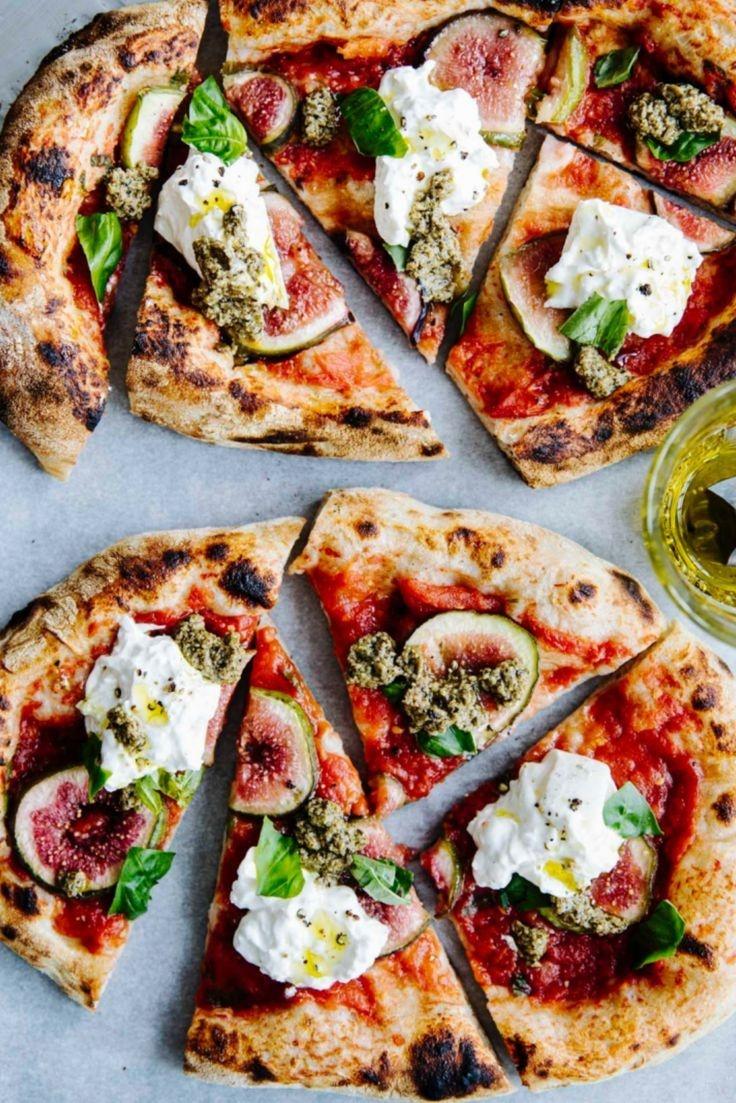At MorselCraft, we're convinced that the best pizza is built on top-tier dough. With over 30 years honing our blend, we're thrilled to divulge key tips. We'll keep our proprietary blend under wraps, but these guidelines will empower you to craft pizza dough of a professional standard in your own kitchen.
Choosing the Right Flour
The cornerstone of superior pizza dough lies in the flour used. Our choice is 00 flour, an ultra-fine Italian flour with a protein level near 12%, achieving an optimal mix of elasticity and softness. In its absence, bread flour can serve as a decent alternative, albeit with a marginally altered consistency.
Water Temp and Dough Moisture
Water’s warmth has a significant influence on the dough's rising time and texture. Utilize chilly water around 45°F (7°C) for a drawn-out rise that enhances taste. Alternatively, tepid water around 85°F (29°C) will hasten fermentation. Aim for 60-70% hydration relative to the flour for optimal results in a standard oven.
Fermentation: Slow and Low Yeast
A chief element for delectable dough is minimal yeast and maximal fermentation time. A mere 0.2% fresh yeast by flour weight gives rise to 24-48 hours of fermentation, fostering deep flavors while rendering the dough more digestible.
The Role of Salt
Salt lends more to the dough than mere taste—it fortifies the gluten matrix and steadies fermentation. A proportion of fine sea salt at 2.5-3% of your flour weight is perfect. Introduce it once your flour and water begin to merge, keeping it separate from the yeast to prevent hindrance of its activity.
Fermentation's Craft
Post-mixing, let your dough go through an initial, room-temperature proof for two hours, then portion it out. Set these segments in lidded vessels and cool them for 24-72 hours. It's during this chilled fermentation phase that sugars form, enhancing flavor and promoting the crust's golden-brown hue.
Gentle Handling
When ready to bake, extract the dough from the cold at least an hour in advance to temper. Manage the dough delicately to keep the air pockets intact. Rather than rolling, use your digits to depress and stretch the dough, maintaining its airy texture.
Finishing with Heat
Though we use ovens that soar to 850°F (454°C), domestic ovens usually tap out at 550°F (288°C). To mimic our conditions, bake with a well-heated pizza stone or steel - a solid hour of pre-heating should suffice to mirror the crisp outer and light inner layer one seeks in perfect pizza dough.
Perfecting your pizza dough is a craft, a path of continual learning. Each mix imparts new insight. We invite you to keep a record, tweak aspects and identify what fits your cooking space precisely.
To witness how we craft our dough, consider attending one of our monthly pizza-making classes led by Chef Alessandro. Dates for these sessions can be found in our events schedule!

